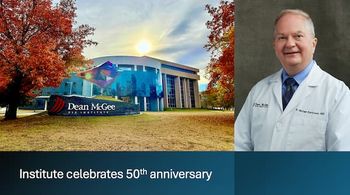
Implantable telescope gets CMS code
The Centers for Medicare and Medicaid Services (CMS) has granted transitional pass-through payment status and established a billing code for a telescope implant (Implantable Miniature Telescope [IMT] by Dr. Isaac Lipshitz, VisionCare Ophthalmic Technologies, Inc.) under the Hospital Outpatient Prospective Payment System. The new pass-through code, C1840, is effective October 1. It will enable outpatient facilities to obtain reimbursement for the telescope implant for covered procedures.
Saratoga, CA-The Centers for Medicare and Medicaid Services (CMS) has granted transitional pass-through payment status and established a billing code for a telescope implant (Implantable Miniature Telescope [IMT] by Dr. Isaac Lipshitz, VisionCare Ophthalmic Technologies Inc.) under the Hospital Outpatient Prospective Payment System. The new pass-through code, C1840, is effective Oct. 1. It will enable outpatient facilities to obtain reimbursement for the telescope implant for covered procedures.
The telescope implant is approved by the FDA to improve vision in patients with end-stage age-related macular degeneration (AMD). Eligible patients must either have associated central vision blindness that has stopped responding to AMD medications, or have a form of the disease for which no treatment is available.
“The CMS determination that our intraocular telescope meets the criteria for transitional pass-through payment and the October availability of reimbursement are very positive developments for AMD patients and the ophthalmology community,” said Allen W. Hill, chief executive office of VisionCare Ophthalmic Technologies. “The new code will provide a payment mechanism for the telescope implant for Medicare beneficiaries visually debilitated by end-stage AMD. We are training providers and working with the ophthalmic community so that eligible patients can begin receiving treatment next month.”
CMS pass-through payments provide reimbursement for a new technology that offers a treatment option for a patient population unresponsive to, or ineligible for, currently available treatments, or that significantly improves clinical outcomes for a patient population as compared with other treatments.
Newsletter
Don’t miss out—get Ophthalmology Times updates on the latest clinical advancements and expert interviews, straight to your inbox.


















































.png)


